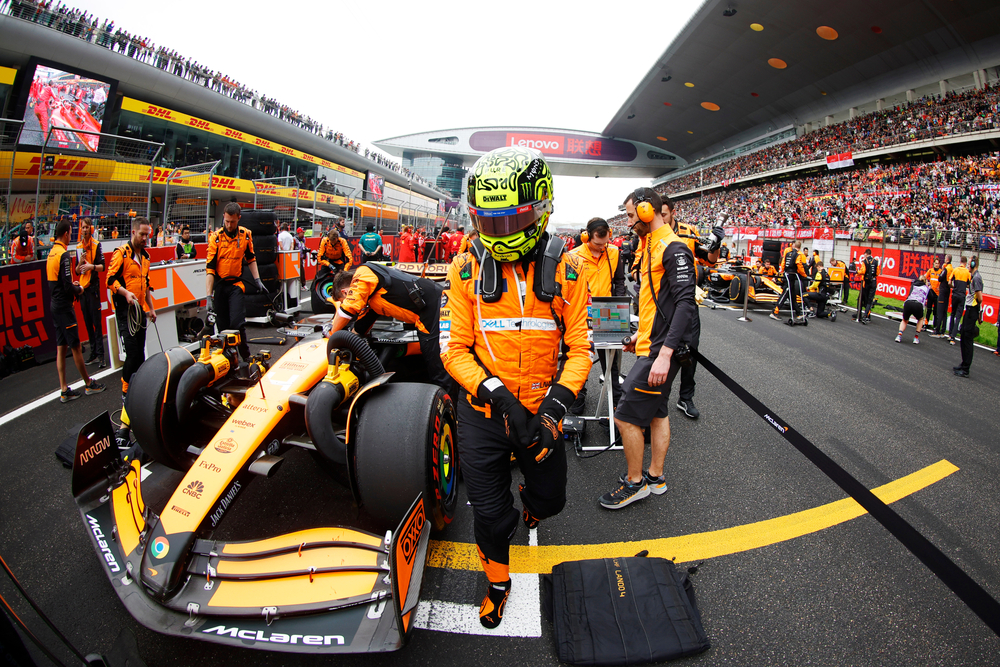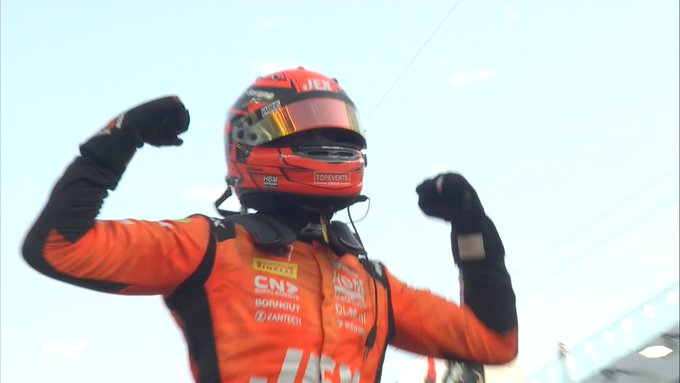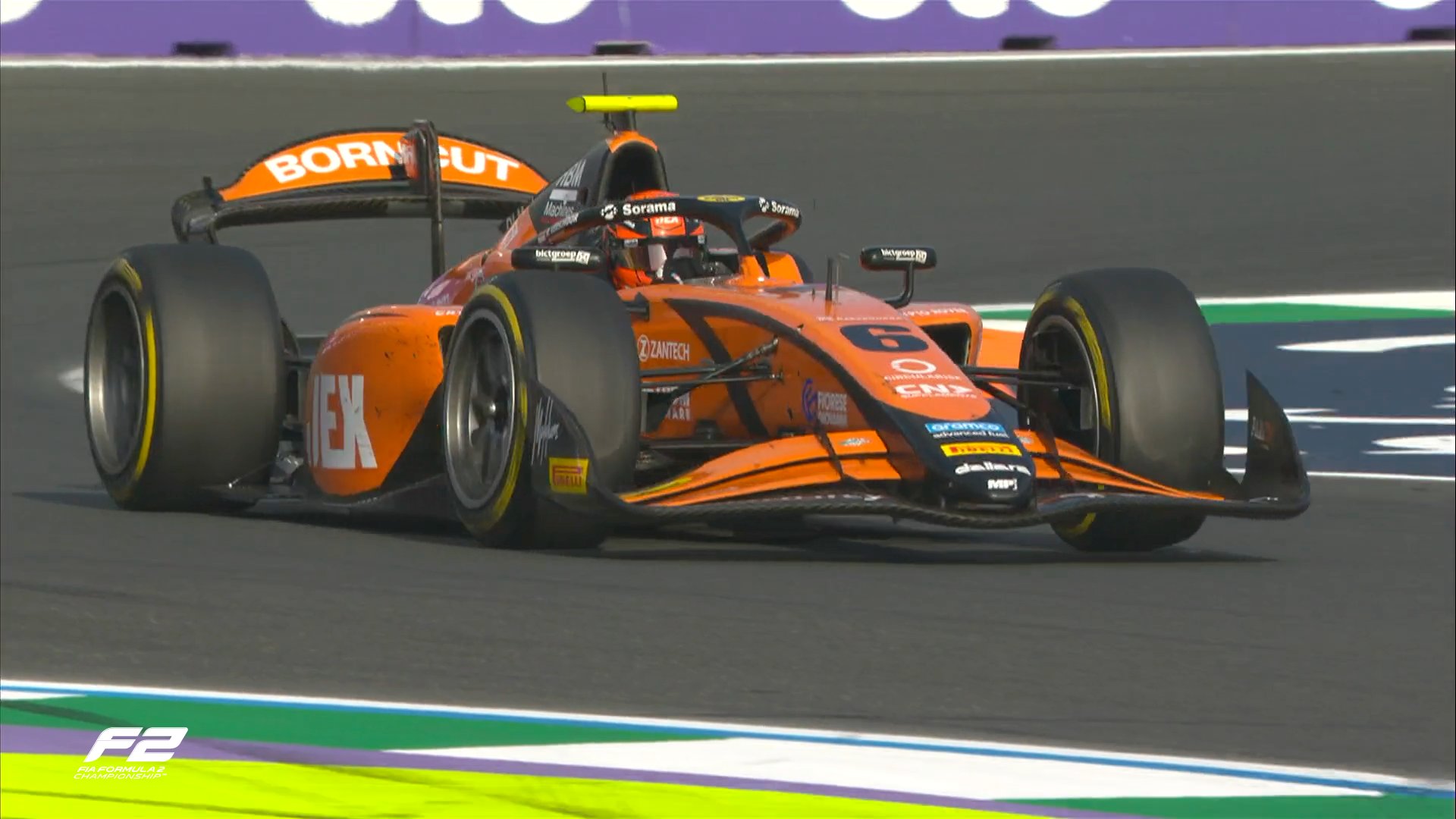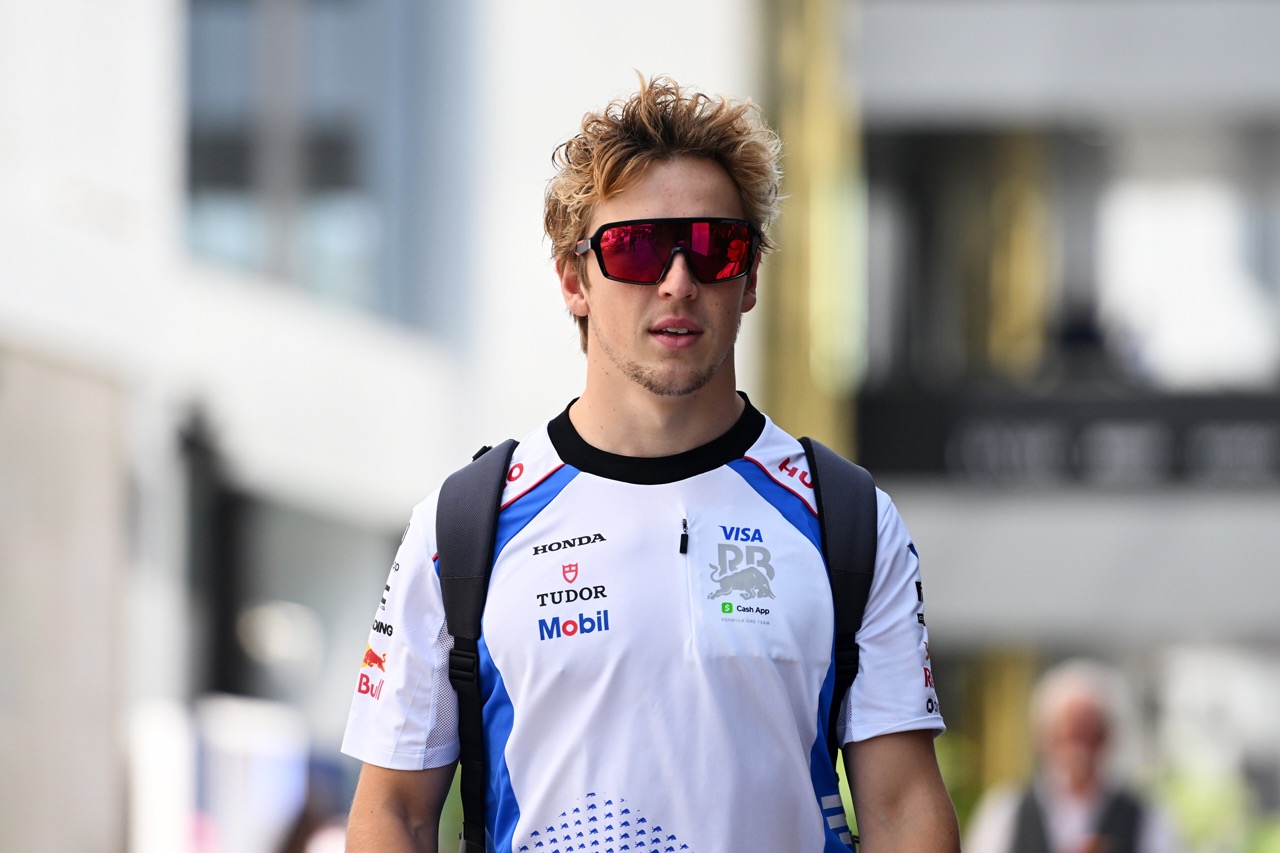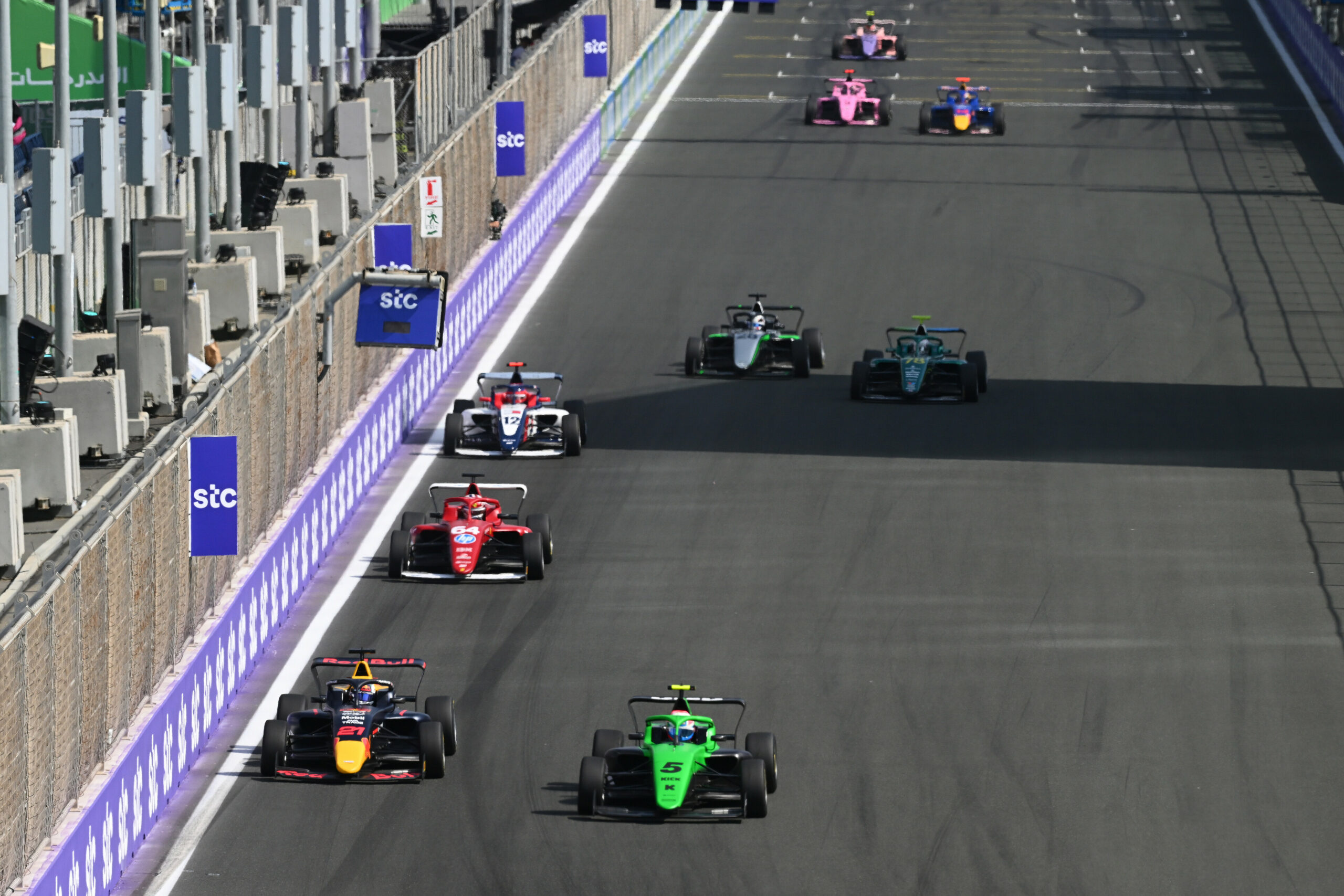McLaren’s good start to the 2024 season continued at the Chinese GP with Lando Norris scoring the team’s second podium of the campaign.
For the most part, the British driver had an outstanding weekend. On pole by over a second in SQ3, Norris made a mess of the start by trying to go around the outside of Lewis Hamilton at turn 2 in the Sprint and dropped to P7 as he drifted wide.
In the Grand Prix itself, Norris was excellent from P4 on the grid. While he benefitted from a Safety Car to jump Perez, he had the speed on both Ferraris, Russell and Alonso over the 56 laps to finish a very comfortable P2 thanks to strong pace on both tyres.
In fact, Perez did not make any big dent into him once he passed Leclerc for P3 on lap 39.
Speaking post-race, McLaren Team Principal Andrea Stella admitted their pace was a surprise considering their rather gloomy predictions ahead of the weekend and the fact Ferrari outpaced them in the Sprint.
“In fairness, like yesterday in the sprint, we didn’t see that we had a race pace that would have allowed us to finish ahead of Ferrari. In line, somehow, with what we expected before coming here.
“So, it’s a bit of a surprise, especially in terms of race pace, I would say.
“I think over a single lap, we know that we are strong. When we have a new soft rubber, we can do a good job for a single lap.
“But then when we put laps one after the other, we tend to lose some performance.
“But today, I think somehow the track conditions and the cold conditions, the fact that there was no sunshine, helped keep the rear tyres under control.
“And therefore, we could use the strengths of the car, like we saw in qualifying.”
Norris had been running in P3 before Red Bull pitted both their cars on lap 14. With the British driver on a 1-stop strategy, he pitted under the VSC as Valtteri Bottas’ Sauber needed to be removed.
It was eventually upgraded to a Safety Car and it forced Perez to pit for another set of hards as most of the front runners wanted to go to the end. That left Norris in P2 ahead of Leclerc and the Mexican.
While it helped them beat Perez, McLaren held a pace advantage over Leclerc and Ferrari as Stella noted, particularly during the hard stint.
“I think we were very competitive even before the Safety Car.
“The Safety Car was helpful from a racing point of view, because we could gain the position on Perez.
“But we were already a little bit quicker than Ferrari in the first stint. I think the good performance was already shown in the first stint.
“The Safety Car just helped us with passing Perez.”
F1 had not raced in Shanghai since 2019 due to the pandemic that occurred. The sport returned in a very different place to 5 years ago, with the ground effect cars becoming a thing in 2022 under the new regulations.
Previously a circuit that was very hard on the fronts, it was not such a factor this time around.
Aside from that, multiple factors played into McLaren’s hands according to their Team Principal, including a vital set-up change to help their race pace once Parc Fermé opened between the Sprint and qualifying for the Grand Prix.
“I think it’s a circuit in which there wasn’t much front-limitation. I think since we went to the wide tyres, China doesn’t seem to be as difficult for the front tyres as it was in the past.
“And at the same time, I think the conditions helped retain grip on the rear, because the rear axle, especially today, was not overheating.
“While if we look at the Sprint, I think we had a bit of overheating. Like Ferrari, they seemed to be more comfortable. Max had a huge advantage.
“I think you have these situations when there’s degradation. But today it was more under control.
“So I think we struggle a little bit more at front-limited circuits. And here it wasn’t.
“And the rear axle, I think, was under control because of the cold conditions.
“So a little bit of a combination of factors which helped the performance of our car.
“I think also some tweaks we made to the set-up after the sprint, they did help the race pace, because we changed the car with a view to improving the race pace rather than qualifying.
“So we were actually surprised to see that still in qualifying we were decent. But it looks like it did help with the race.
“So multiple factors, not a single silver bullet, I would say.”
All the teams headed into the event with unknowns, including a track surface that had been painted.
Stella explained that FP1 was vital in finding out how the tyres would behave, and it turned out that the tyres overheating at the rear and not graining was the key issue to manage.
“I think before the weekend there were doubts as to what we would have found, because we have not been here for many years.
“But otherwise, especially tracks that you visited last year, for instance, and you go with the same compounds, this year we see that things tend to repeat themselves. So it’s not difficult to kind of anticipate what happens.
“But here in particular, because we had not visited this circuit for some time, everyone was uncertain.
“Like everyone was talking about will there be graining or not. There was no graining at all at the front.
“And there was, if anything, rear overheating. But this became apparent already in free practice one.
“One thing we have seen is that normally the weekend doesn’t change very much in terms of like, if you have graining in FP1, normally it kind of stays for the remainder of the weekend.
“So you discover what’s going to happen pretty soon in a weekend, and then it’s about adaptation.”
The Woking-based team continues to sit P3 in the Constructors’ Championship following the Chinese Grand Prix, and they extended their lead over Mercedes to 44 points.

